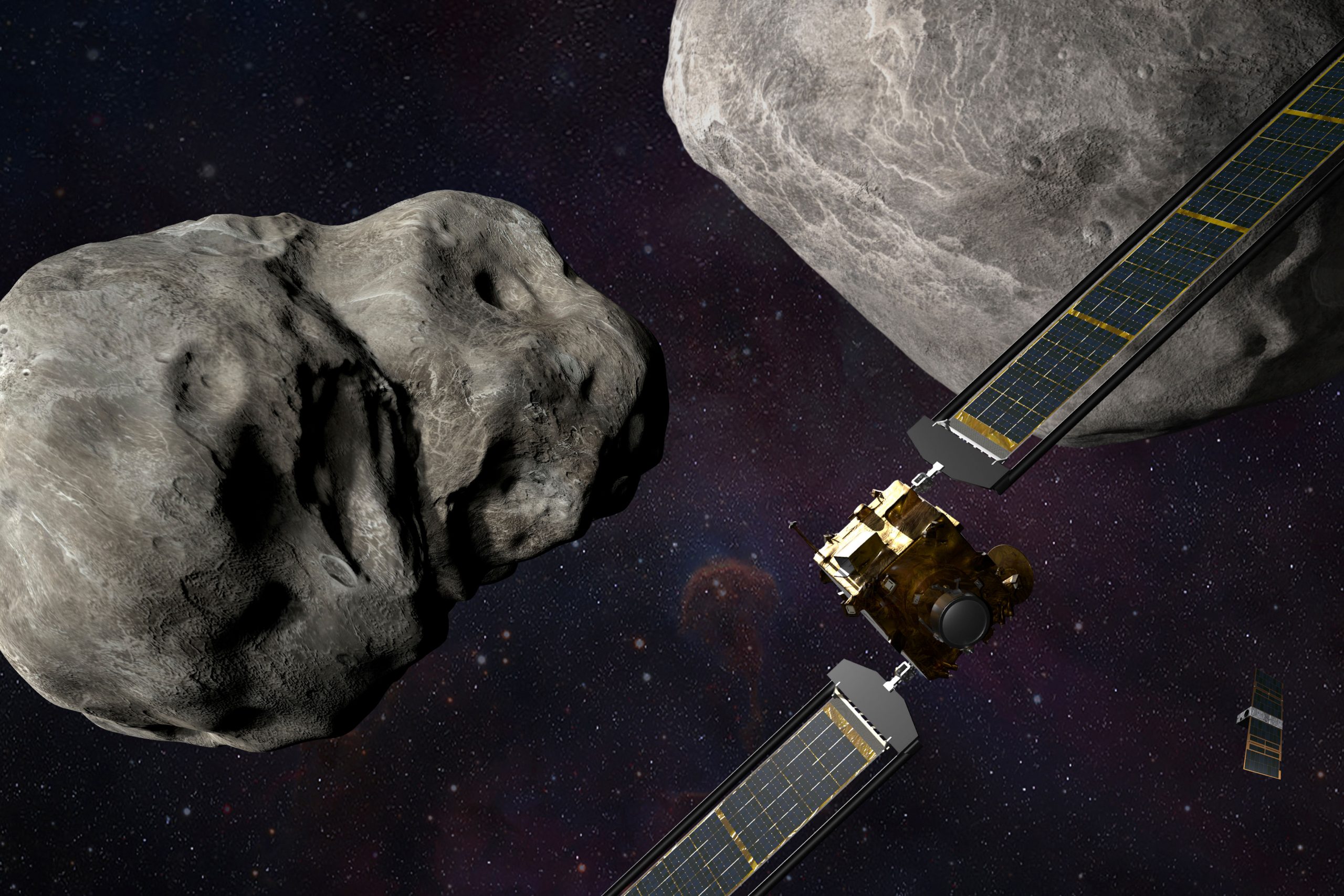NASA’s DART mission has entered its final leg and is on course to conclude on September 26, 2022. DART mission, which is short for Double Asteroid Redirection Test, was designed to crash into a harmless asteroid millions of miles away.
The DART mission is the first of its kind operation made to replicate a save-the-earth scenario. The spacecraft will slam into the Dimorphos asteroid at a speed of 22,500 kilometers per hour, according to news agency Associated Press citing NASA’s press release. The $325 million planetary defense test began with Dart’s launch last fall.
Also Read: Alvarez hypothesis: How dinosaurs were killed by an asteroid strike
The impact should be just enough to nudge the asteroid into a slightly tighter orbit around its companion space rock — demonstrating that if a killer asteroid ever heads our way, we would stand a fighting chance of diverting it.
The cameras installed on the DART probe will capture the collision in real-time, while telescopes on Earth will observe from a distance. However, it will take days or even weeks to find out if the asteroid actually changed its orbit.
NASA will track the change in the orbital period. The asteroid currently orbits Didymos, a larger asteroid, every 11 hours and 55 minutes. The DART mission aims to slow down the asteroid and shave off 10 minutes from its orbit. AP reported that the minimum change for the mission to be a success is 73 seconds.
Also Read: Asteroid on steroids: NASA warns of close encounter with large space rock
Tom Statler, a program scientist at NASA, said, “This is the stuff of science-fiction books and really corny episodes of ‘StarTrek’ from when I was a kid, and now it is real.”
“Although there is not a currently known asteroid that’s on an impact course with the Earth, we do know that there is a large population of near-Earth asteroids out there”, a NASA official told AP in September.







